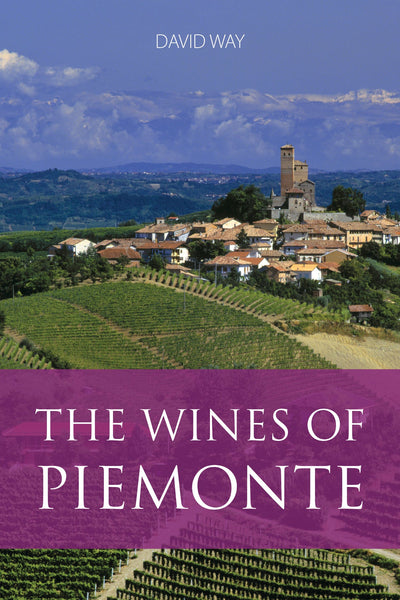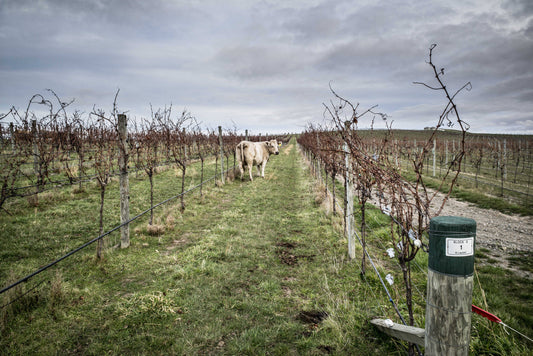In The wines of Piemonte, from the Classic Wine Library, wine educator David Way sets out to help wine lovers understand more about the well-known wines from the region – such as Barolo and Barbaresco – that they rightly cherish, and to go beyond their comfort zones and explore the remarkable range of wines made in Piemonte. In this extract from the book, he provides an introduction to the diversity of wines currently available from the region.
INTRODUCING PIEMONTE'S WINES
‘The top wines of Piemonte are among some of the world’s greatest and most-treasured wines. What is much less appreciated is the sheer range of wines and of local varieties in the region. It has 60 denominations and, coincidentally, about the same number of registered grape varieties, nearly all of them native. The region produces outstanding red and white wines for every occasion, many styles of sparkling wine and worthwhile sweet wines. There is so much to explore here, even for those who love and already know about Piemonte’s world-famous red wines.
In the period since 1990 the wines of Piemonte have seen massive changes. Barolo and Barbaresco have become hugely successful in the fine wine market, sought after by collectors and investors. These two wines have led an export boom, especially to the crucial North American market. As a result, land prices have risen rapidly and Nebbiolo has replaced many plantings of Dolcetto and other varieties in the Langhe. The resulting wine tourism has seen a boom in boutique hotels and starred restaurants in the Langhe. Its main town, Alba, is markedly more affluent than it was 30 years ago. In 2014, the Vineyard Landscape of Piedmont: Langhe-Roero and Monferrato achieved UNESCO World Heritage Site status, boosting tourism. The classified area includes the Langa of Barolo, the castle of Grinzane Cavour, the hills of Barbaresco, Nizza Monferrato and Barbera, Canelli (including its magnificent underground cellars) and Asti Spumanti and the infernot of Monferrato.
The picture is more mixed in the rest of Piemonte. In general, viticulture is no longer a standard part of farming but is a specialized business. This means that areas of northern and western Piemonte have seen big reductions in the number of hectares under vine. Alto Piemonte (e.g. Gattinara) has recovered its reputation for fine Nebbiolo blends, even if the production volumes remain small. Monferrato has benefited from the recovery of the reputation of Barbera as the memory of the methanol scandal in 1986 has passed into history. The volume of Barbera produced has diminished, mainly due to the changing nature of society. Cheap wine is no longer needed as a daily source of calories for agricultural workers; rather, wine is now a lifestyle choice, with higher quality being rewarded by better prices.
Monferrato is also home to the vineyards of Moscato that produce Asti and Moscato d’Asti. The latter in particular has had the benefit of the boom in sales in the USA in the last 15 years. The white wines Gavi and Roero Arneis have continued to be popular and production levels have risen. These classic wines are now accompanied by some exciting new wines, especially from the two white varieties, Timorasso and Nascetta. As a result, Piemonte is no longer just a red wine region.
The other really exciting stories are the emergence of Alta Langa DOCG, sparkling wine modelled on Champagne, made from Pinot Nero (the Italian name for Pinot Noir) and Chardonnay, and the planting of white varieties, especially Riesling, at higher elevations, 300–700 metres. Alongside these new developments, the vast range of native varieties continue to find champions. The names Grignolino, Freisa, Erbaluce, Ruchè, Pelaverga, Pelaverga Piccolo, and many more, may not trip off the tongue of wine lovers but are genuinely worth seeking out. In a world of wine dominated by a handful of classic varieties, anyone interested in distinctive native specialities should head to Piemonte.’
Taken from The wines of Piemonte by David Way published by Académie du Vin Library. Until 31st March 2024 you can receive a discount of 15% by using the code PIEMONTE15 at checkout.




